Reviewed by Julianne Ngirngir
Google Messages is making cross-platform communication smoother than ever, and the latest RCS upgrade proves that the future of messaging isn't just about pretty emoji reactions. With PDF support now rolling out over Rich Communication Services, Android users can finally send documents without the old file-size headaches — and this matters more than you might think.
Here's the kicker: RCS messaging now supports files up to 100 MB, dramatically expanding what you can share in everyday conversations. While traditional MMS capped attachments at a measly 3.5 MB for most carriers, RCS removes those barriers entirely. This leap becomes possible through the GSMA's Universal Profile 2.7 specifications, which specifically target enhanced cross-platform file sharing and document handling — exactly what enables seamless PDF transfers between your Android and your iPhone-using colleagues.
What you need to know:
PDF sharing: Send concert tickets, boarding passes, or work documents without compression
Cross-platform ready: Works between Android and iPhone users running iOS 18
Real-time confirmation: Read receipts ensure your important documents actually arrived
RCS is quietly becoming the messaging standard you didn't know you needed
Remember when sending a simple photo to an iPhone friend meant watching it arrive as a pixelated mess? Those days are numbered. Google reports that RCS now has over one billion active users, and with Apple's iOS 18 adding RCS support, we're looking at a potential 2.5 billion users on the same messaging protocol.
The numbers tell the story: Juniper Research projects 1.1 billion active RCS users in 2024, up from 930 million in 2023. But here's where it gets interesting for business users — research shows that 87% of business leaders are at least somewhat familiar with RCS, with 59% believing it will be game-changing for business messaging. This familiarity is translating directly into practical PDF use cases: sharing contracts in real-time, sending presentation decks during meetings, or distributing detailed reports without forcing recipients into email chains.
Think of it as the messaging upgrade that actually works across platforms. Unlike the 160-character SMS limit, RCS supports up to 3,072 characters in a single message, plus high-resolution media and interactive elements. Where iMessage keeps iPhone users in a walled garden, RCS creates bridges that transform how mixed-device teams collaborate on document-heavy projects.
What makes PDF support over RCS so practical?
Let's break down why this seemingly small addition matters. Traditional MMS would compress a multi-page PDF into an unreadable mess or simply refuse to send it. RCS changes that equation entirely, but the benefits extend beyond basic file size improvements.
The technical improvements are significant: RCS can handle files up to 100 MB without quality loss, while MMS typically maxes out at 3.5 MB with heavy compression. For PDFs specifically, this means sending multi-page restaurant menus, event programs, or work presentations without forcing recipients to squint at pixelated text.
But here's where PDF sharing gets even smarter. Universal Profile 2.7 also brings message editing and deletion features that transform how we handle document sharing mistakes. If you accidentally send confidential financial information instead of the quarterly report, you can actually delete that message from everyone's device — a crucial safety net for professional document workflows.
The read receipts functionality takes on new importance with PDF sharing too. Instead of wondering whether that important contract made it through, you get real-time confirmation that eliminates the anxiety of document delivery. No more follow-up texts asking "Did you get the boarding pass I sent?"
PRO TIP: Both sender and recipient need RCS enabled for these features to work. Check your Google Messages settings to confirm RCS chat is turned on.
Getting started: what this means for your daily messaging
Here's the practical reality: PDF support over RCS transforms how we share information in mixed-device households and workplaces. Instead of awkward email chains for simple document sharing, you can send boarding passes, insurance cards, or meeting agendas directly in your regular messaging app.
After testing PDF sharing over RCS for several months in mixed Android-iPhone work groups, I've found the biggest impact isn't just convenience — it's workflow unification. Teams that previously juggled between iMessage, WhatsApp, and email for different file types can now handle most document sharing through their native messaging apps.
The security improvements matter especially for document sharing. RCS includes end-to-end encryption for individual conversations and is rolling it out for group chats. Universal Profile 3.0 introduces standardized encryption across platforms, making document sharing more secure than traditional SMS or MMS ever was — crucial when you're sending sensitive PDFs like tax documents or medical records.
The rollout isn't instant everywhere, though. RCS availability varies by carrier and region, with over 500 carriers globally supporting the protocol. If you're on a major U.S. carrier like Verizon or AT&T, you're likely already covered.
Where messaging is heading next
PDF support is just the beginning of RCS transforming into a legitimate productivity hub. Google's recent integration of Gemini AI into Messages hints at a future where your messaging app can auto-summarize shared PDF reports, extract key action items from meeting notes, or even suggest follow-up questions based on document content.
Universal Profile 3.1 promises better voice messaging with xHE-AAC codec support and improved connectivity in areas with spotty coverage — features that complement document sharing by enabling quick voice annotations for complex PDFs or clarifications when connectivity is intermittent.
The bigger picture here represents interoperability finally winning a meaningful battle. Apple's decision to support RCS means PDF sharing between platforms isn't just a technical achievement — it's proof that the messaging wars are evolving toward user-first solutions. Industry data shows a 358% increase in RCS business messaging traffic, with some regions seeing 23x growth year-over-year, much of it driven by document-heavy communications that were previously impossible over traditional messaging.
Bottom line? Your next important document share — whether it's tax forms, travel confirmations, or that PDF everyone needs for the meeting — just got a lot simpler. The messaging wars aren't over, but features like PDF support over RCS prove that the best upgrades are the ones you don't have to think about.




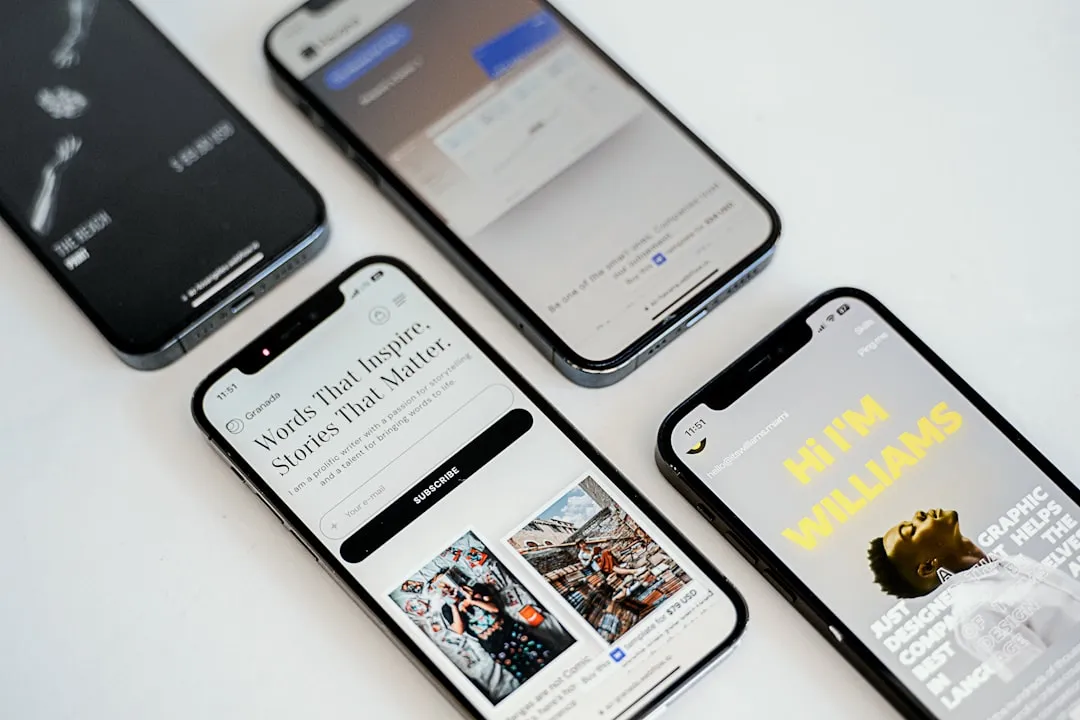

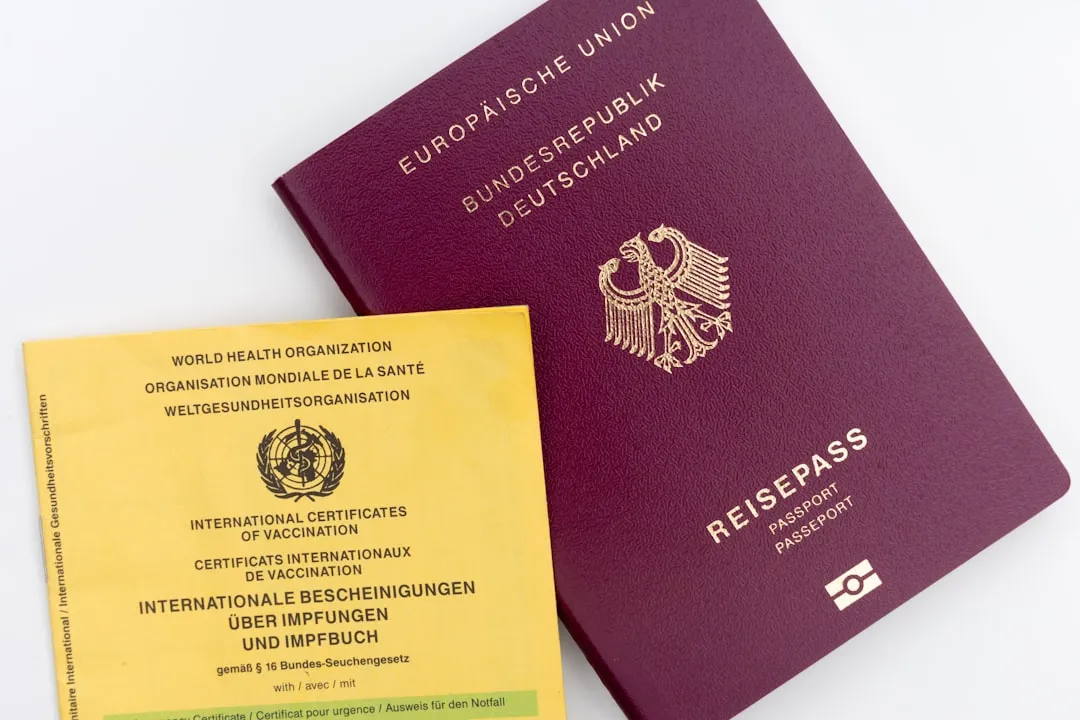

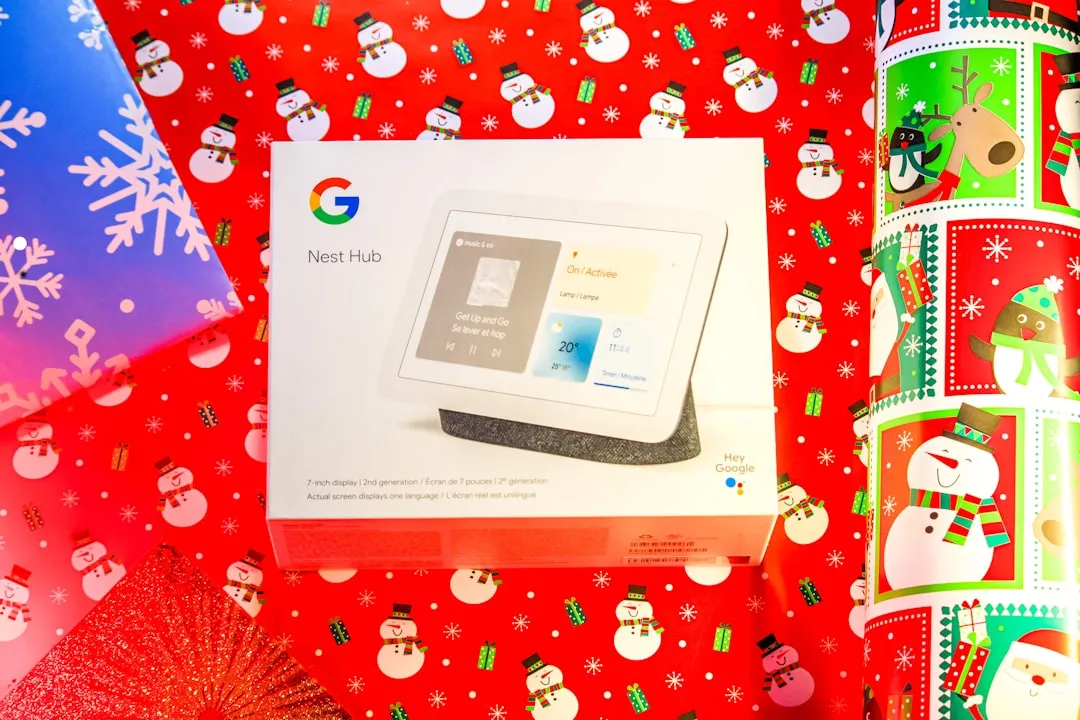


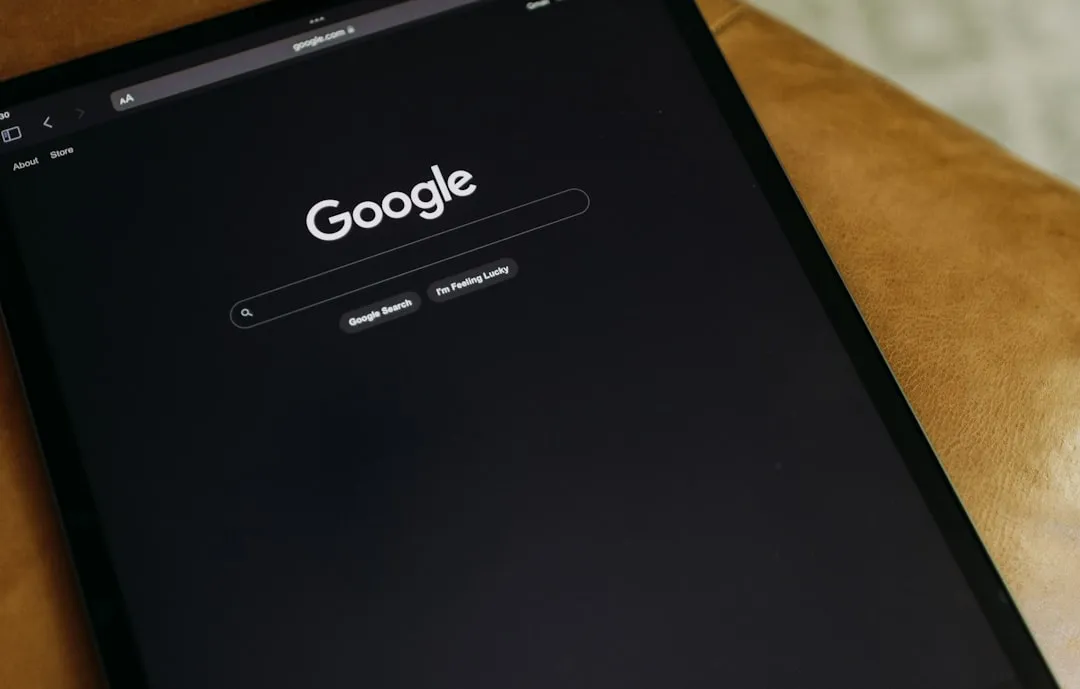
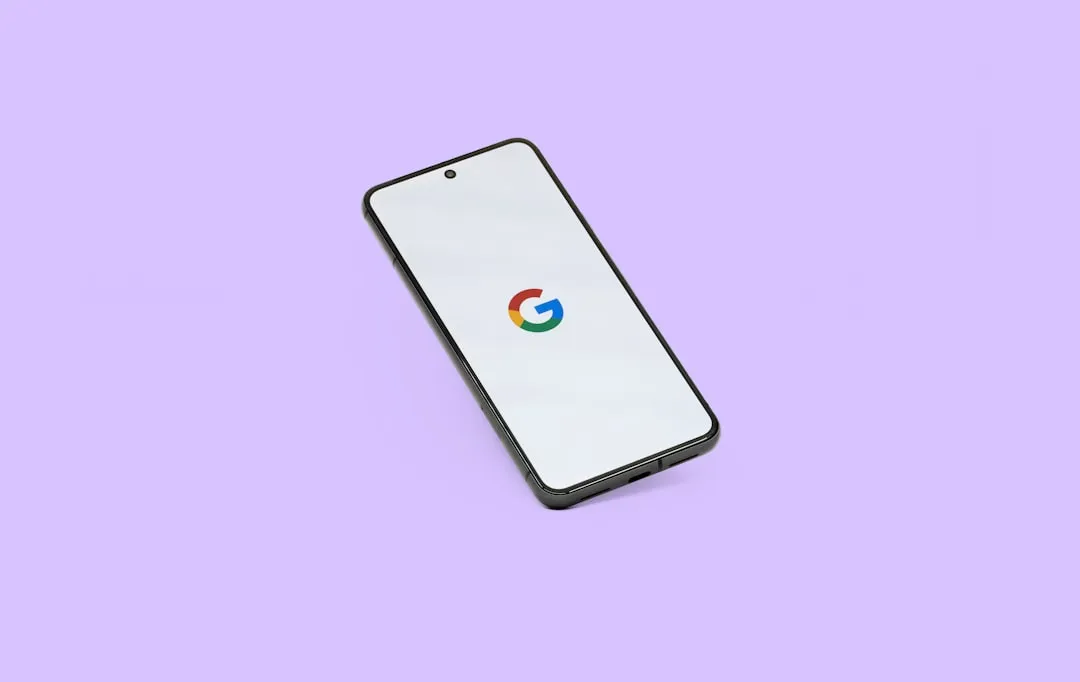
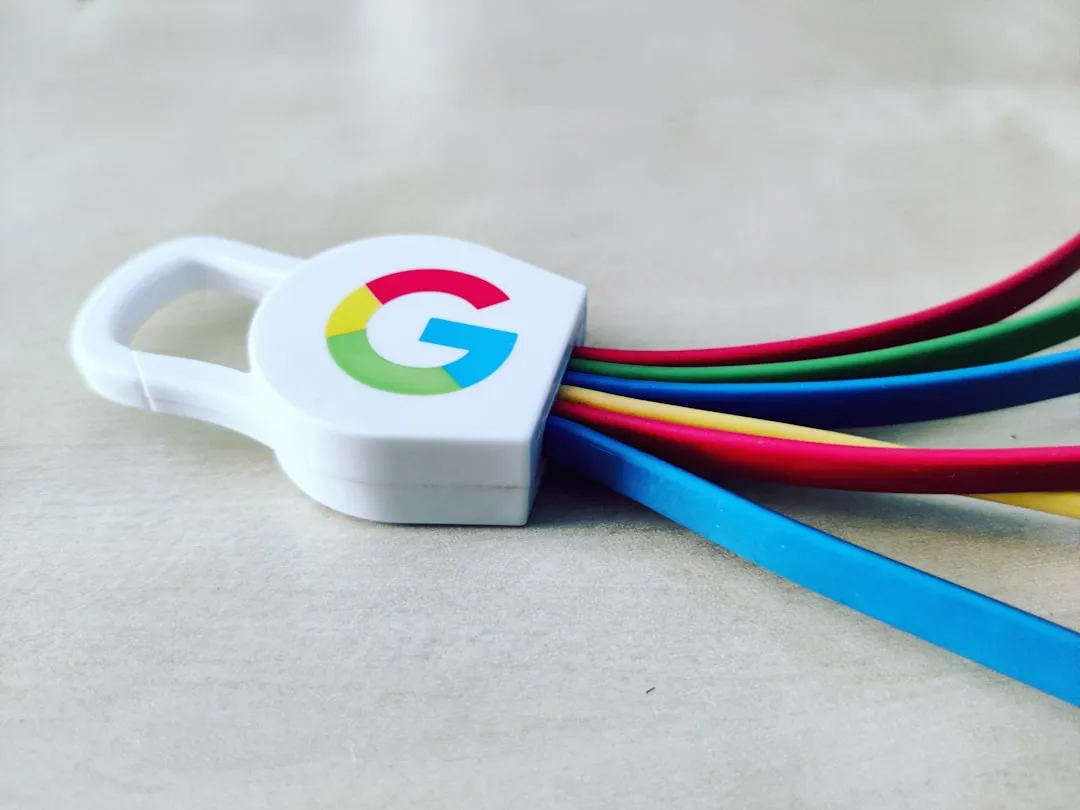
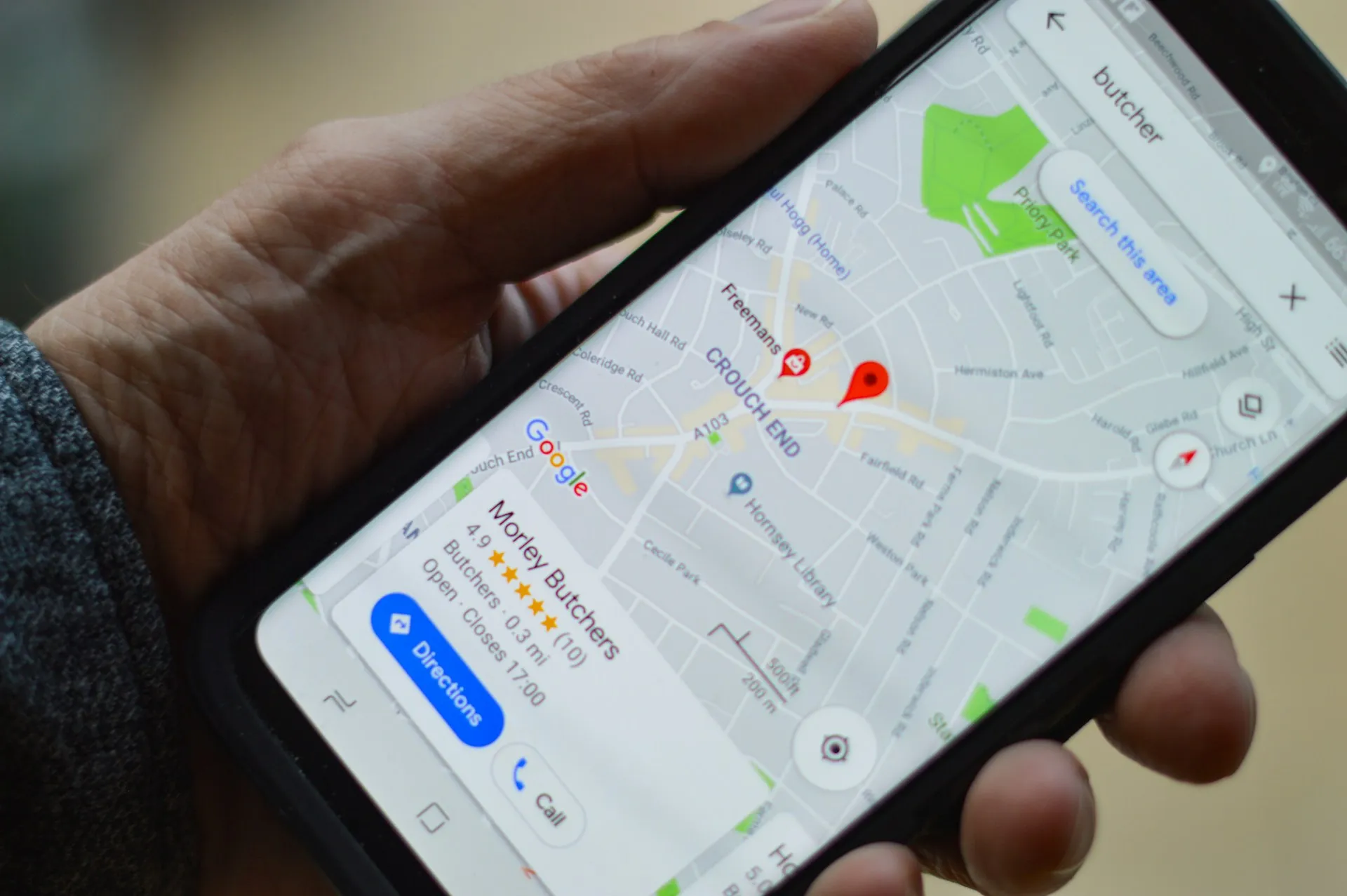
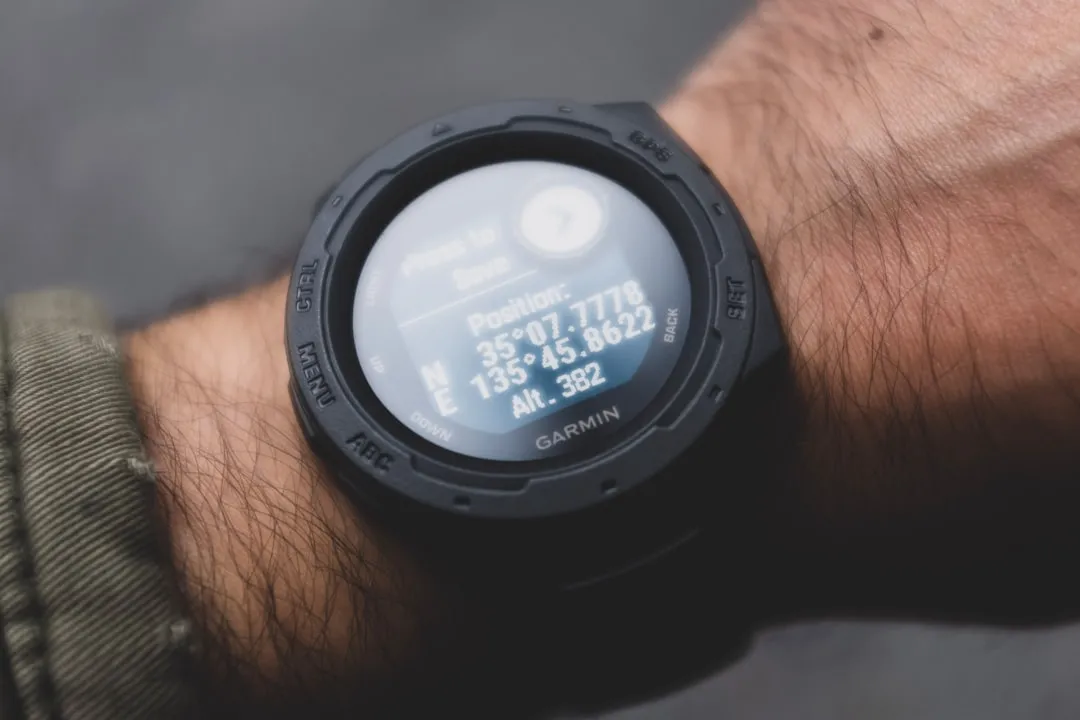

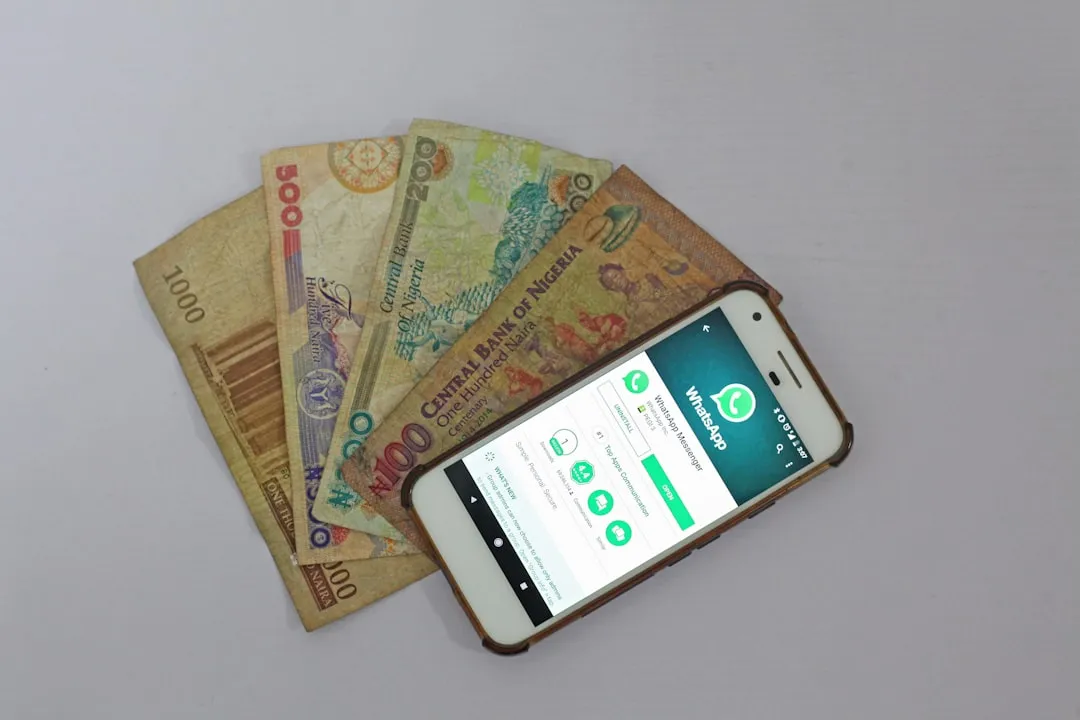
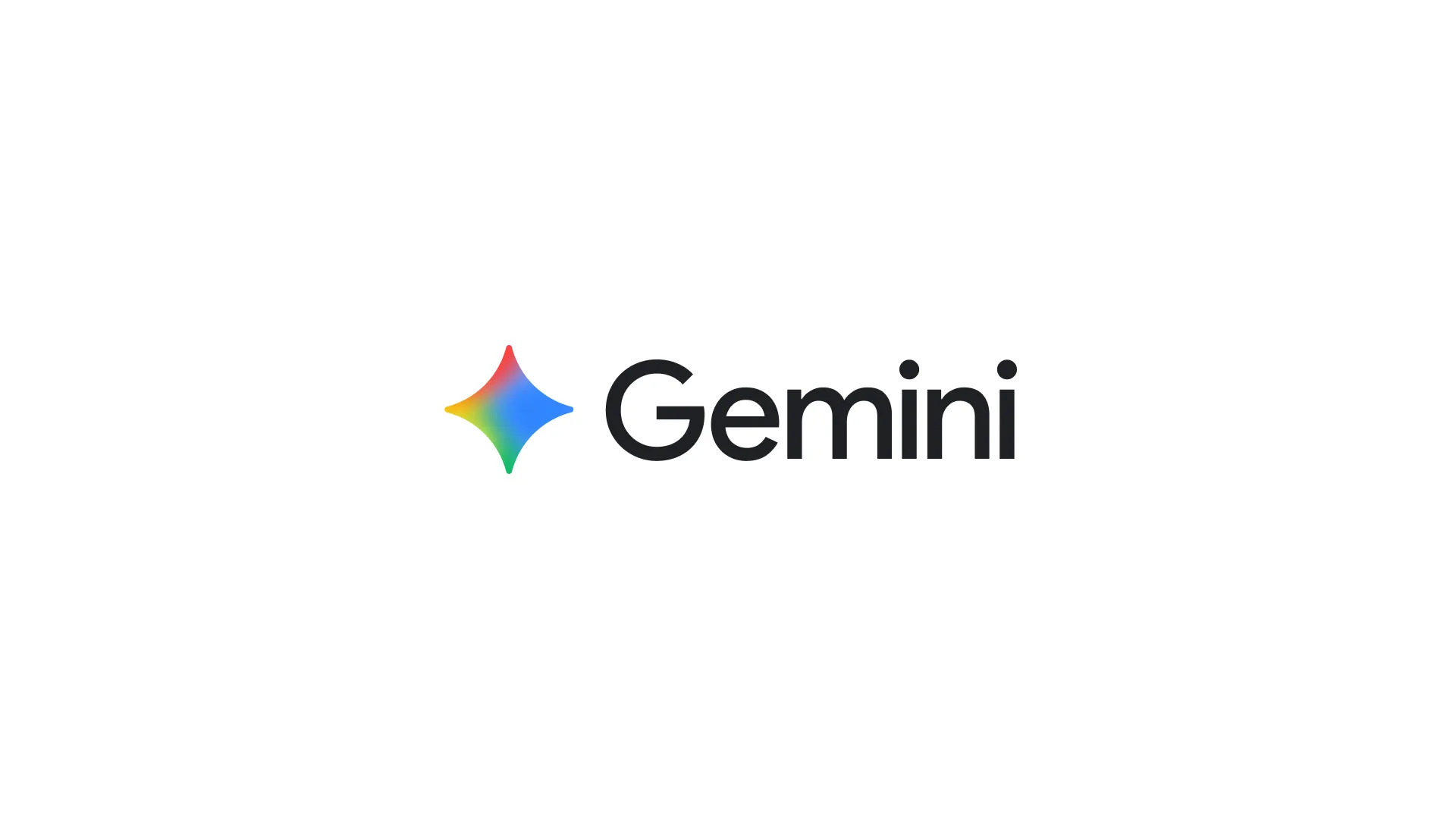

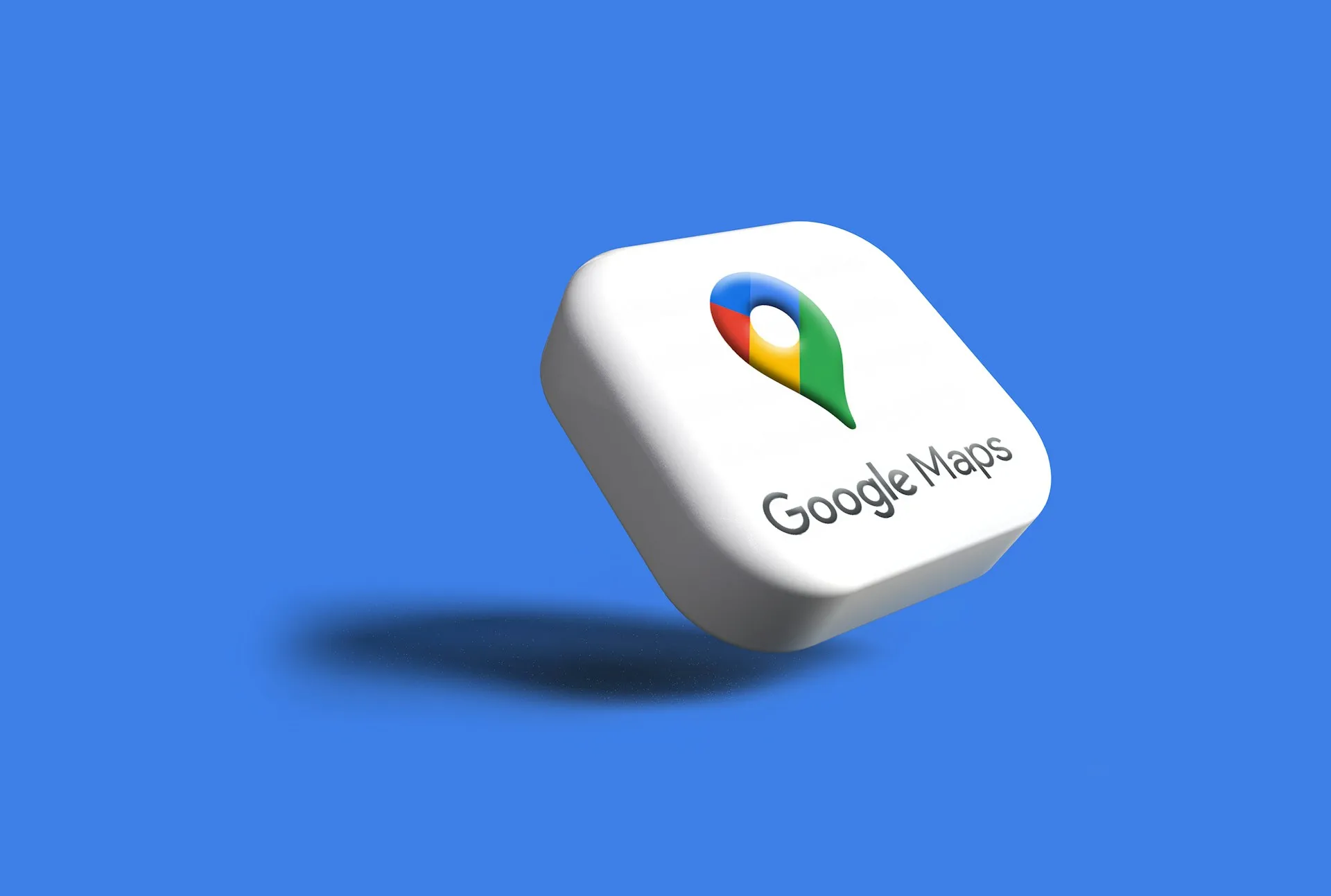
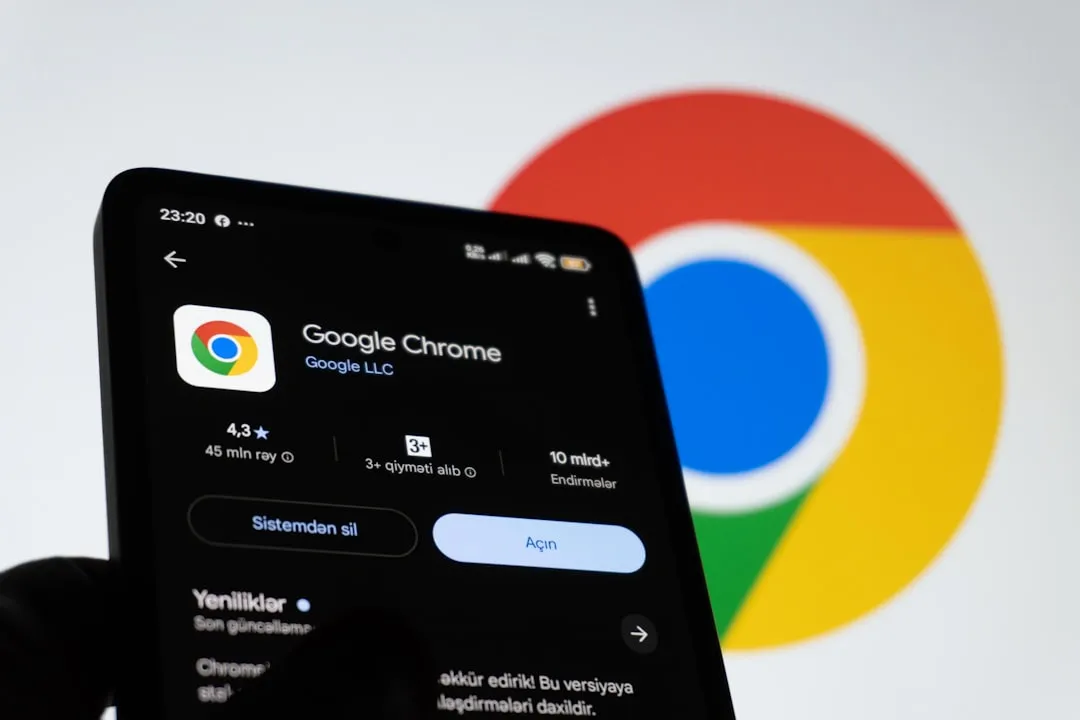

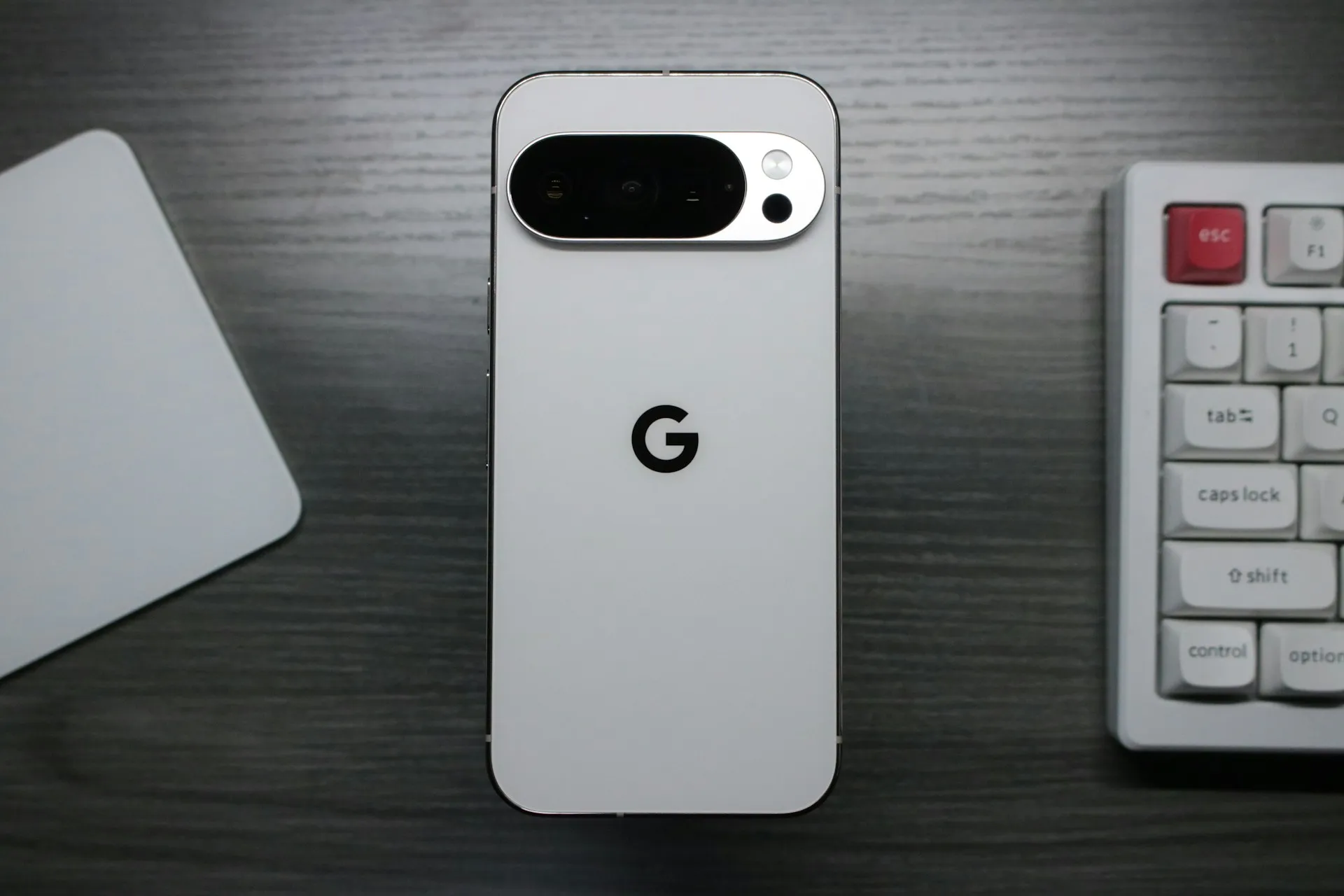
Comments
Be the first, drop a comment!